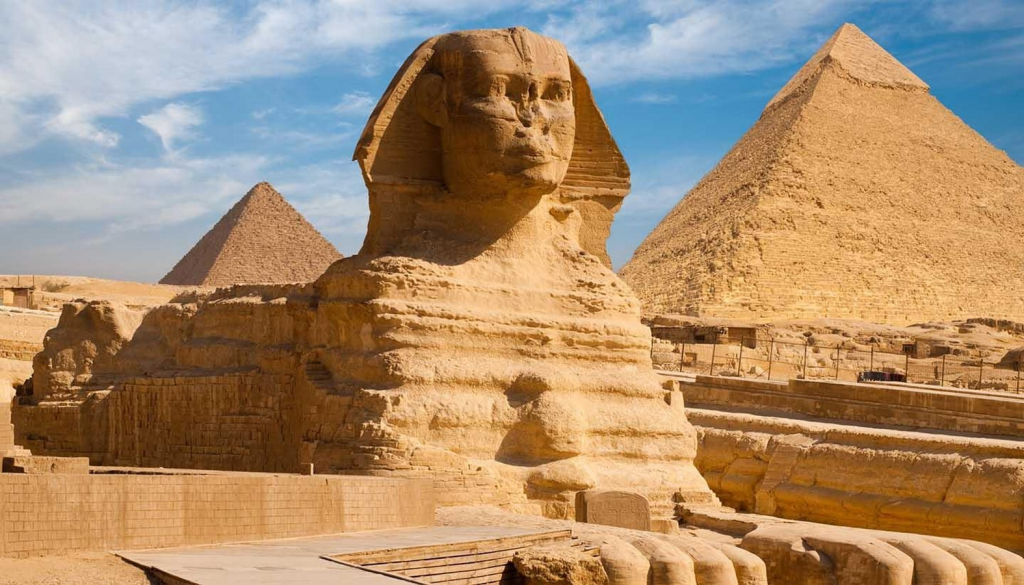The time of architecture
Period of Egyptian Architecture.

Throughout many historical eras, Egyptian architecture has a lengthy history of experimenting with patterns and styles.
Such a wide range of forms and aesthetics had a significant influence on how Egyptian architecture evolved over time.
Egyptian Architecture is Characterized as one of the tops types of Architecture in history.
The pyramids.

The pyramids of Ancient Egypt are the biggest funerary structures or tombs in the world, and are arguably the most well-known example of late Prehistoric art.
They are one of the most lasting representations of Egyptian art in general and Egyptian architecture in particular.
They were developed from the mastaba tomb because the ancient Egyptians believed in an everlasting afterlife, or in another term immortality, the pyramids were built to protect the Pharaoh’s body and all of his possessions so that he might enter the afterlife more easily. As a result, each pyramid frequently included a variety of Egyptian sculpture, paintings, and jewelry.
3001 BC.
During this time, the first Meidum pyramid and the Pyramid of Giza were built, setting the stage for a vibrant period in Egyptian architecture.

The early dynasty architecture provided a significant amount of inspiration for this design style, which idealized objects like sculptures, statues, paintings, etc. Later, as a result of the monarchical rule, there was a cultural change that gave rise to a particular architectural style.

Beautiful chapels, tombs cut out of rock, painted walls, and other architectural features were common during this time in Middle Kingdom Egypt. The culture and traditions of Egyptian history have been significantly influenced by what is considered as the “golden era” of Egyptian architecture.